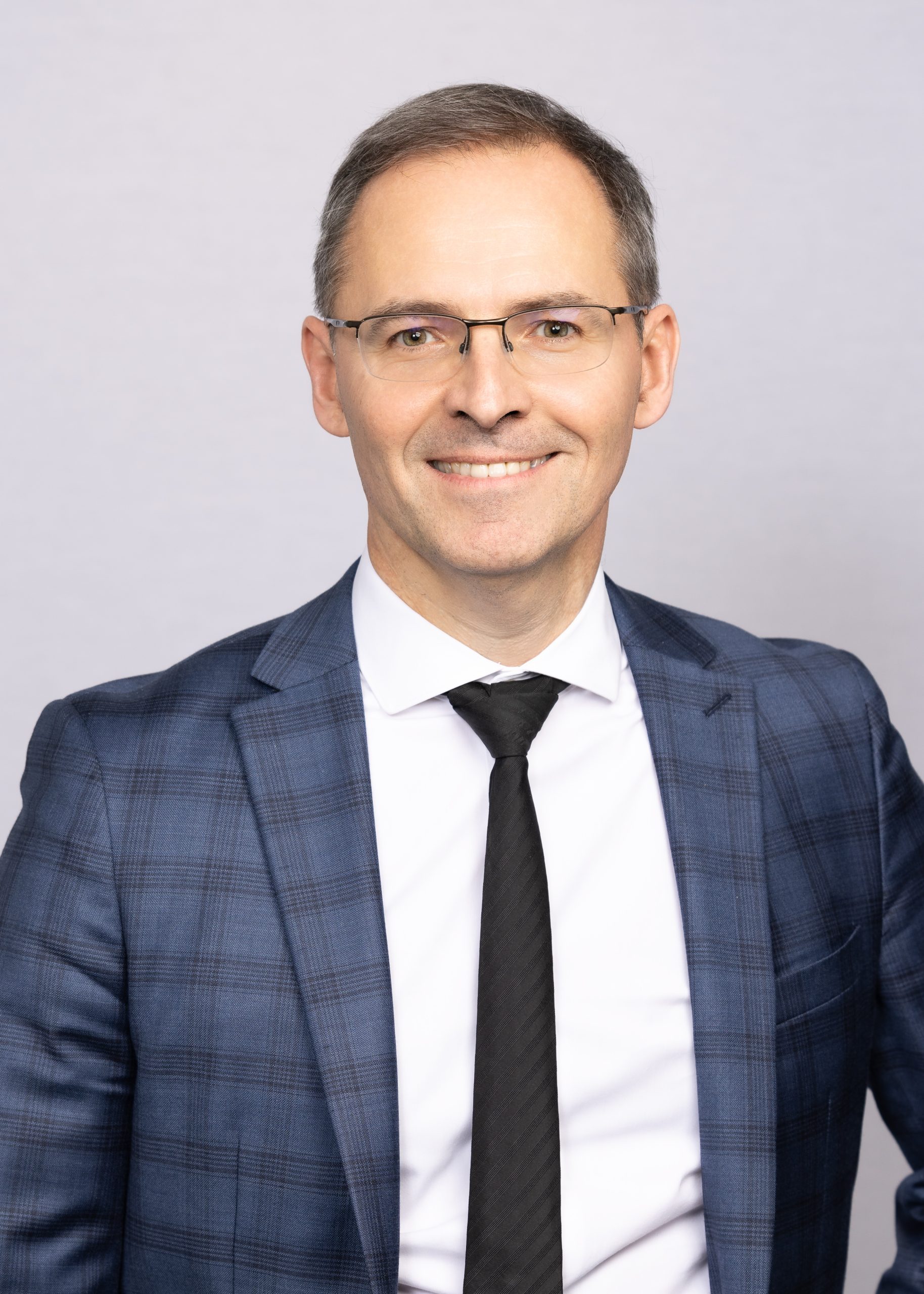
PAID CONTENT
There is growing investor demand for exchange-traded funds (ETFs) in Canada, which is resulting in new products and solutions. In fact, ETF assets increased 22% in 2023, according to an Investment Funds Institute of Canada (IFIC) report.
To help advisors meet investor demand, Desjardins has launched a suite of passive index ETFs with competitive pricing. Jean-François Girard, Managing Director, Investment Funds Product, at Desjardins, outlines how these passive ETFs can complement an active strategy, and why they are suitable for all investors.
Q: How can passive index ETFs complement active strategies?
Jean-François Girard: With their low-cost structure and turnover rate, passive index ETFs can be used to offer core exposure and build strategic asset allocation to a particular market, region or asset class, which can be complemented with other active funds that can provide broader exposure. For example, let’s say 40% of the portfolio has exposure to U.S. equity using a passive ETF, and the rest is actively managed. Perhaps the next three years could show markets favouring small cap, which could outperform. Then the portfolio can be tilted toward actively managed small cap mutual funds or ETFs.
They can also be used for tactical positioning to increase or reduce exposure to particular markets, or quick cash equitization. But, generally, a long-term allocation makes more sense to fully reap the benefits of their cost efficiency.
Q: How is Desjardins meeting the growing demand for ETFs?
JFG: Desjardins Investments, as one of the largest asset managers in Canada, continues to be member- and client-focused. We follow a customer-centered approach in our product development process. We listen to their needs and bring to market investment solutions that help them reach their goals.
Q: What types of investors are these ETFs suitable for?
JFG: These ETFs can be used by all sorts of investors. The key for advisors is to make sure they are all combined in a globally diversified portfolio that fits with their clients’ risk tolerance, time horizon and investment objectives.
Q: What are the benefits of passive ETFs for both investors and advisors?
JFG: Passive index ETFs offer a low-cost approach for investors to build a globally diversified portfolio. Passive strategies generally have a lower MER because they require less management effort by portfolio managers. The other aspect is the actual product structure. ETFs are built on a creation and redemption mechanism, which shields long-term holders from the cost of trading of other ETF holders. All these savings go into actual returns for the index-based ETF holders.
In addition, the passive investing style combined with the turnover mitigation strategies of the underlying indices contribute to a low turnover product that can lower the tax bill of ETF holders in non-registered accounts.
For advisors who don’t have the resources to conduct thorough due diligence on securities to pick future winners, these ETFs could be used as key holdings in clients’ portfolios. Advisors can then focus on working with clients to better understand their investment goals and strengthen their relationships.
Q: Why did Desjardins launch a suite of passive index ETFs, and what makes them unique?
JFG: In line with our customer-centered approach, we decided to expand our ETF product shelf by adding four new index-based solutions to address a growing need among our partners. We have the Canadian Equity Index ETF (DMEC), the US Equity Index ETF (DMEU), the International Equity Index ETF (DMEI) and the Canadian Corporate Bond Index ETF (DCBC). These core diversifying products are covering a variety of regions and sectors.
What makes them stand out is competitive pricing. For the U.S. index ETF, we’re charging 5 basis points in terms of management fee. This is the lowest management fee you’d see in the US Equity category. Compared to the three largest players, it’s 3 basis points lower. The U.S. category is typically the largest allocation in any portfolio. So, if there’s $1 billion allocated to the U.S. in that portfolio, that will translate to roughly $300,000 in savings in annual management fees, compared to the three biggest ETF players.
For DMEC, DMEI and DCBC, we’re charging 5, 20 and 15 basis points, respectively, which are also some of the lowest in their respective categories. Given the nature of trading in some of the international and emerging markets, you will find that ETFs tracking those markets are priced slightly higher compared to the ones tracking the North American markets.
Overall, both passive and active strategies have a role to play in a client’s portfolio and our objective is to ensure our partners, clients and members have the products they need to express their views on the market.
Desjardins Exchange Traded Funds are not guaranteed, their value fluctuates frequently, and their past performance is not indicative of their future returns. Commissions, management fees and expenses may all be associated with an investment in exchange-traded funds. Please read the prospectus before investing. Desjardins Global Asset Management Inc. is the portfolio manager of the Desjardins Exchange Traded Funds. The Desjardins Exchange Traded Funds are offered by registered dealers.
DesjardinsMD®, all trademarks containing the word Desjardins, as well as related logos are trademarks of the Fédération des caisses Desjardins du Québec, used under licence.

